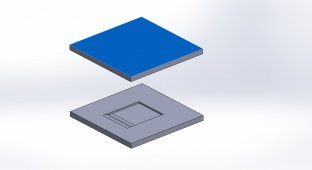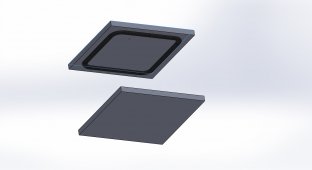I treated my ZnBr2 solution manufactured from ZnSO2.H2O and NaBr2 with 3% hydrogen peroxide to remove all iron, waited 24 hours, filtered all the generated Fe solids, then added some metallic Zn foil to ensure all peroxide reacted and any elemental bromine was eliminated and waited another 24 hours. I then measured the resulting density of the electrolyte which puts its concentration at around 2.7M ZnBr2. I then added 0.5% Tween 20 to a sample of this electrolyte to build a battery.
The battery was built using a GFE-1 cathode pretreated with a 10% TMPhABr solution, a 0.2mm Zn anode and 15 layers of fiberglass separator. The cell was sealed with minimal compression of the layers and was set in an inverted configuration (cathode on top). Here are the results charging to 15mAh at 15mA, discharging to 0.5V:
View attachment 30221
View attachment 30219
View attachment 30220
The elimination of all the Fe within the electrolyte did give us better stability, improving potentials as a function of time and better voltaic efficiency. Overall energy density was around 25 Wh/L for this device. I opened up the device at this point to observe how the electrodes looked, absolutely no Iron oxide/hydroxide formation on the Zn anode, no dendrite formation and a slighter yellow coloring of the separator layers.
If you're going to be preparing your own electrolyte from NaBr2 and ZnSO4.H2O it is absolutely fundamental to remove all the Fe using hydrogen peroxide.
I am going to build another battery with this makeup tomorrow and take it to larger cycle numbers to verify stability.




